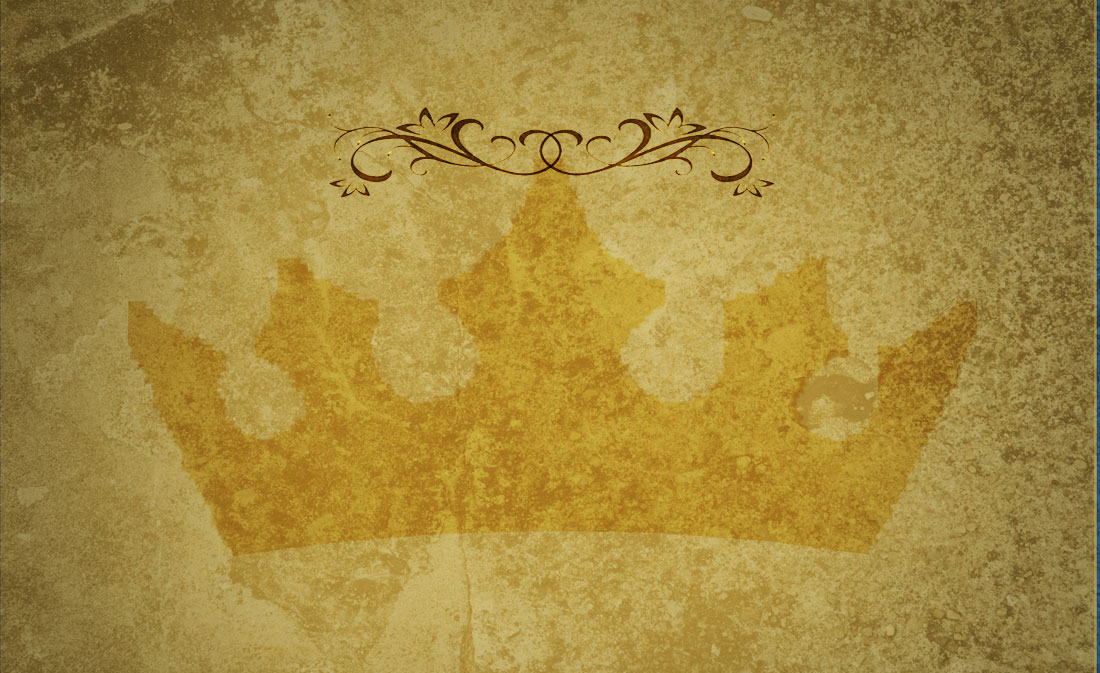Holy Amnesia
Matthew 25:31-46
Christ the King Sunday
Analysis by Matthew DeLoera
31 “When the Son of Man comes in his glory, and all the angels with him, then he will sit on the throne of his glory. 32 All the nations will be gathered before him, and he will separate people one from another as a shepherd separates the sheep from the goats, 33 and he will put the sheep at his right hand and the goats at the left. 34 Then the king will say to those at his right hand, “Come, you that are blessed by my Father, inherit the kingdom prepared for you from the foundation of the world; 35 for I was hungry and you gave me food, I was thirsty and you gave me something to drink, I was a stranger and you welcomed me, 36 I was naked and you gave me clothing, I was sick and you took care of me, I was in prison and you visited me.’ 37 Then the righteous will answer him, “Lord, when was it that we saw you hungry and gave you food, or thirsty and gave you something to drink? 38 And when was it that we saw you a stranger and welcomed you, or naked and gave you clothing? 39 And when was it that we saw you sick or in prison and visited you?’ 40 And the king will answer them, “Truly I tell you, just as you did it to one of the least of these who are members of my family, you did it to me.’ 41 Then he will say to those at his left hand, “You that are accursed, depart from me into the eternal fire prepared for the devil and his angels; 42 for I was hungry and you gave me no food, I was thirsty and you gave me nothing to drink, 43 I was a stranger and you did not welcome me, naked and you did not give me clothing, sick and in prison and you did not visit me.’ 44 Then they also will answer, “Lord, when was it that we saw you hungry or thirsty or a stranger or naked or sick or in prison, and did not take care of you?’ 45 Then he will answer them, “Truly I tell you, just as you did not do it to one of the least of these, you did not do it to me.’ 46 And these will go away into eternal punishment, but the righteous into eternal life.”
DIAGNOSIS: Divided and Damned
Step 1: Initial Diagnosis (External Problem): Dumbfounded
Canadian sculptor Timothy Schmalz’s “Homeless Jesus” is a bronze sculpture depicting Jesus as a homeless person, covered by a robe or blanket with face hidden, sleeping on a park bench (see http://en.wikipedia.org/wiki/Homeless_Jesus). Apart from the inscription, the only way one might recognize this Jesus is by his pierced feet, exposed to the elements. By early 2016, nearly 100 copies of the sculpture were on display worldwide, including my own city of residence, Indianapolis. A provocative work of art, controversy tends to erupt wherever it has been installed. In Davidson, North Carolina, some residents felt it was an “insulting depiction” of Jesus that “demeaned” the neighborhood, while others are seen sitting on the bench, resting their hands on Jesus, and praying. Inevitably, someone regularly mistakes the statue for a real homeless person and calls the police.
Jesus tells a parable about a king with two flocks: sheep at his right and goats at his left. He surprises the sheep by rewarding them for a laundry list of ways they have unknowingly served him: “Just as you did it to one of the least of these who are members of my family, you did it to me.” Then, he chastises and condemns the goats for their failure to do likewise. “You that are accursed, depart from me into the eternal fire prepared for the devil and his angels.” Dumbfounded, the goats ask, “Lord, when was it that we saw you hungry or thirsty or a stranger or naked or sick or in prison, and did not take care of you?” Surely, they would have clambered over each other to be the first to serve Jesus if they had actually seen him.
.Step 2: Advanced Diagnosis (Internal Problem): Disguised
Step 3: Final Diagnosis (Eternal Problem): Dead
Timothy Schmalz has another equally-controversial sculpture, depicting Jesus as a beggar. In contrasting these two sculptures, he observes a fundamental difference. “Homeless Jesus is not asking anything of you. The message is more raw. In a sense, it’s the next step further. Some people fake being a beggar, but nobody fakes sleeping on a park bench in the cold.”
Yet, “the Son of Man came not to be served but to serve, and to give his life a ransom for many” (Matt. 20:28). Jesus has but one thing to give, and it’s not a reward. It’s his very life, not earned but freely given. This insults us, not just because Jesus doesn’t need us to rescue him, but because we haven’t actually served the least of these at all. Instead, we’ve done exactly the opposite. We’ve only served ourselves, by robbing from Jesus and leaving him for dead. Except, what we have stolen has become foul and has bred worms, and leaves us hungry. Worse, at the end of the day, there’s nothing left for us to inherit. We’ve spent it.
PROGNOSIS: Reconciled, Resurrected, and Rooted
Step 4: Initial Prognosis (Eternal Solution): Raised
The place of punishment at the end of the pericope under consideration (and perhaps also at the end of the chapter) foreshadows the place of punishment where Jesus is soon to be found as the final events of this Gospel quickly unfold. Surprisingly, scandalously, the salvation of sinners begins with God present with us (“Emmanuel,” Matt. 1:23) in the outer darkness, in the place of our punishment, and extends to the end of the age (Matt. 28:20). There evil is named for what it is and it is undone by the cross.
Step 5: Advanced Prognosis (Internal Solution): Recognized
But Jesus isn’t done giving. He gives us the Holy Spirit so that by faith we might see him as he really is—the one whom we did not regard, but now exceeds anything we could ever have hoped for or expected. And with his own eyes of compassion, we see ourselves surrounded by folks and we can’t bear to turn away because they’re dying to finally be seen for once—not just as targets of pity, nor just as folks with needs, but rather recognized as full children of God with corresponding dignity. In these, the kingdom of God takes root, and with everything Jesus has given to us, we no longer suffer the debilitating fear that formerly kept us isolated from each other.
Step 6: Final Prognosis (External Solution): Reunited
All of us who discover ourselves planted in this kingdom are greatly surprised if it’s brought to our attention. Who could remember any time when we weren’t already here? And in this place, we don’t really think of charity. Rather, the only thought in our heads is the urge to share what God has already given abundantly, including God’s Son, given for us. So we do. After all, this is what brings us together, and we can’t bear to be apart.





You must be logged in to post a comment.